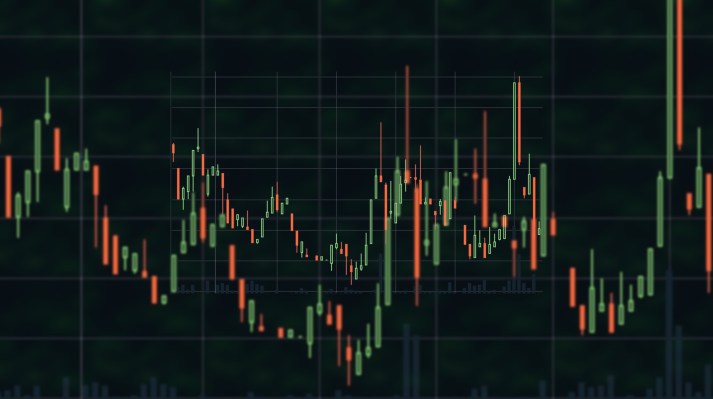The crypto hedge fund market is evolving as traditional players want to get a slice of the digital asset pool.
What seemed like a rare sector is now gaining popularity as the number of specialized crypto hedge funds has grown to over 300 globally, according to PwC’s Global Crypto Hedge Fund report. The total assets under management across crypto hedge funds — not traditional hedge funds — rose 8% year on year to $4.1 billion in 2021. The total crypto market capitalization has fallen about 24% from $1.623 trillion on the year-ago date to $1.234 trillion on June 9, according to CoinMarketCap data.
On the more mainstream side of finance, 38% of traditional hedge funds are currently investing in digital assets, up from 21% a year ago, the report found.
“It’s the search for alpha. Everyone is always looking for an angle in,” John Garvey, global financial services leader principal at PwC, said to TechCrunch. “So how are you going to beat the benchmarks? You have to try something different and new and unorthodox.”
Even though hedge funds may be getting curious about crypto, they’re just testing the waters right now as more than half of them, or 57%, have less than 1% of their total assets under management, or AUM, in digital assets, the report found. Only about 5% of hedge funds had high exposure to digital assets, with 20% to 50% of their AUM invested in the space.
As markets remain highly volatile and many cryptocurrencies are down significantly from all-time highs, two-thirds of all hedge funds surveyed that are currently investing in the space plan to deploy more capital into the market by the end of 2022, it said.
While there are hundreds of cryptocurrencies out there, hedge funds are eyeing the two largest by market capitalization: Bitcoin and Ethereum. In an interesting twist, however, 19% are invested in NFTs, a growing asset subsector that took the crypto market by storm in 2021.
The majority of the surveys were done prior to current market conditions, Garvey said, but he noted that regardless of today’s choppy prices, a lot of people still view the asset class as further ahead of where it was during the last major bear market (or crypto winter, as some like to call it) in 2017 and 2018.
The resilience of crypto markets
“I think it’s proven to be a pretty resilient asset class and we’ll see another rebound and some people take advantage of this buying opportunity,” Garvey said. “The asset class will grow, you might see a little pullback, but ultimately it’s a rising asset class and people are getting more and more comfortable with it, so you’ll continue to see a growing interest level in it from high-net-worth individuals and family offices.”
But in order to get more hedge funds in the crypto market, there needs to be greater regulatory and tax clarity, the report said. About 90% of hedge fund managers said that was the biggest problem and could be preventing more players from entering.
While many countries are organizing and outlining regulatory guidelines, earlier this week, two U.S. senators proposed a bipartisan crypto bill to install guide rails in the industry.
“What’s interesting is there’s a bit of a divide in the group between evading or embracing regulation,” Garvey said. “Those who embrace regulation and have strong advisers help them are going to be the successful ones. It’s going to become a mainstream asset class with a greater degree of regulatory certainty and risk protection for investors.”
Hedging opportunity long term
Hedge funds will continue to find opportunities to hedge and make money off of volatility and market inefficiencies, Garvey said.
“The markets are still relatively immature and some of the trading techniques and technologies are developing, so as that grows and becomes more mature — like the equities market in the late 1990s, when there were alternative trading systems,” Garvey noted. “Eventually it became very efficient and there was a consolidation, which I think will happen on the exchange side of the crypto market as well.”
Over time, there will be bigger and bigger pools of liquidity for people to trade into, and even though trading volumes are thin during volatile times, growth will continue in the long term, Garvey said.
“I’m very bullish on the asset class and AUM growing as more people put their net worth in crypto assets.”
